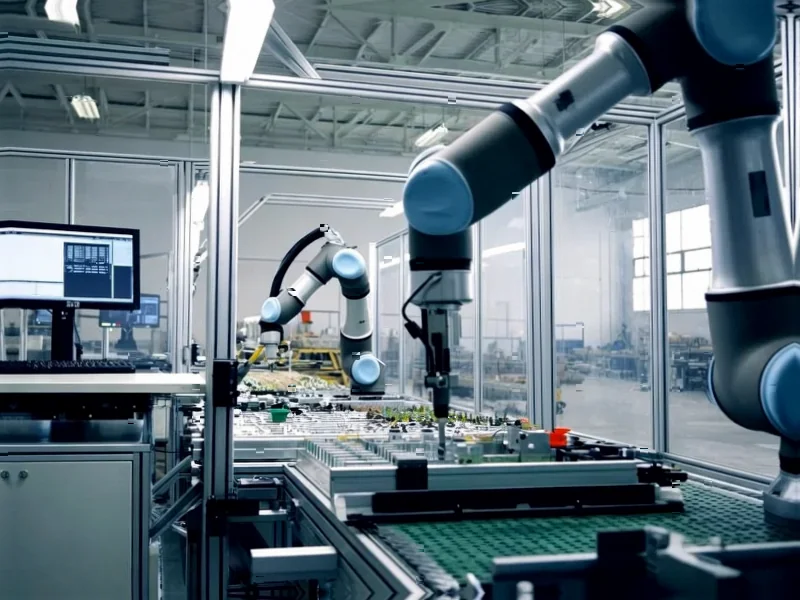According to Aviation Week, the FAA has granted parts manufacturer approval to Chromalloy for its CFM56 high-pressure turbine stage 1 blade, representing a significant advancement in addressing supply constraints for aging narrowbody engine components. The company invested seven years and more than $100 million in the part’s development and expects to ship “a few dozen shipsets” initially, ramping to “hundreds” of shipsets by full-year 2026. Chromalloy President Chris Celtruda confirmed that all anticipated 2025 production and some 2026 shipsets are already sold out, reflecting strong market demand. This blade is the third of five planned CFM56 PMA parts developed through Chromalloy’s joint venture with FTAI Aviation, with the part entirely produced at the company’s vertically integrated Tampa Bay facilities. This approval comes as forecasts indicate approximately 3,000 annual CFM56 shop visits through the decade, with up to 40% involving original CFM56-5/-7 engine designs that debuted over 30 years ago.
Table of Contents
The MRO Supply Chain Revolution
Chromalloy’s approval represents more than just another part certification—it signals a fundamental shift in how the aviation industry approaches maintenance for legacy engines. The CFM56 engine family powers the majority of the global narrowbody fleet, yet original equipment manufacturers have naturally shifted focus toward newer engine variants. This creates a critical supply gap that PMA providers like Chromalloy are strategically positioned to fill. The company’s vertically integrated approach, where each part is “cast, machined, and coated” in-house, provides supply chain resilience that traditional distribution models cannot match. This becomes particularly crucial as airlines struggle with extended maintenance turnaround times due to parts shortages.
The Engineering Challenge Behind the Approval
What Aviation Week’s report doesn’t fully capture is the extraordinary technical achievement this approval represents. High-pressure turbine blades operate in the most demanding environment within jet engines, facing temperatures exceeding the melting point of the superalloys from which they’re made. The seven-year development timeline and $100+ million investment underscore the complexity of replicating OEM performance while navigating the rigorous FAA certification process. Each blade must withstand centrifugal forces equivalent to several tons while maintaining precise aerodynamic profiles and cooling channel integrity. Chromalloy’s success here suggests they’ve developed proprietary manufacturing processes that could give them competitive advantages in other engine programs.
Strategic Positioning in a Changing Market
The timing of this approval couldn’t be more strategic. With new aircraft deliveries delayed across the industry and older narrowbodies remaining in service longer than anticipated, the maintenance market for legacy CFM56 engines has become unexpectedly robust. GE Aerospace’s production focus on newer Performance Improvement Program blades creates a natural market opening that Chromalloy is exploiting. Their partnership with FTAI Aviation creates a powerful combination—Chromalloy provides the certified parts while FTAI specializes in module swaps that can reduce aircraft downtime. This approach challenges the traditional overhaul model and could significantly impact maintenance, repair, and overhaul providers who rely on OEM-supplied components.
Broader Industry Implications
Looking beyond the immediate CFM56 market, Chromalloy’s success signals a maturation of the PMA sector that could reshape aviation maintenance economics. As industry publications have documented, PMA parts have evolved from being perceived as lower-cost alternatives to becoming technically equivalent or even superior solutions for specific applications. The company’s mention of expanding their “portfolio of turbine restoration solutions” suggests they’re building a comprehensive offering that could challenge OEM dominance across multiple engine platforms. For airlines, this represents both cost-saving opportunities and supply chain diversification at a time when operational reliability has never been more critical. However, the long-term test will be whether Chromalloy can maintain the quality standards and technical support that the aviation industry demands.



